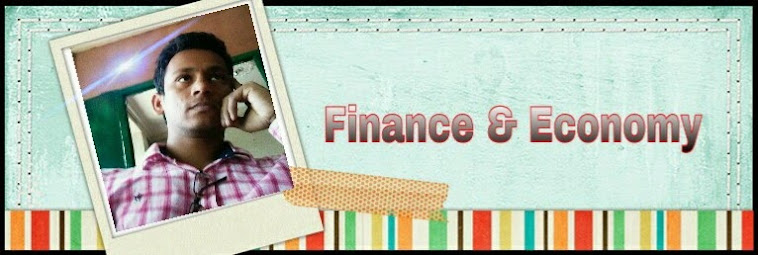Nepal’s capex is much lower than what is required to close the infrastructure deficit said ADB.
The country requires capital spending to reach 8.2-11.8 percent of the gross domestic product (GDP), but it has stood at just 3.3
percent over the last four years, the ADB said, adding that raising the amount and quality of capital expenditure was one of the country’s most pressing challenges.
Not only has capital spending fallen short of the requirement, the planned spending is inadequate to meet the funding gap. According to the lender, annual budgets amounting to 5.6 percent of the GDP have been planned over the last four years.
A World Bank report states that Nepal faces a funding gap of $13-18 billion in infrastructure between 2011 and 2020.
As per the Asian Development Outlook 2015 released by the Asian lender on Tuesday, Nepal is rated as one of the least competitive countries in the world. It ranked 132 out of 147. The report showed the poorer states of the infrastructure sub-groups. Regarding the quality of electricity supply, Nepal is ranked 136, on air transport 129 and on roads, the country is at number 115.
“These dismal figures indicate that Nepal needs more and better investment to foster innovation, make the economy competitive and enhance the efficiency of markets for goods, labour and finance,” stated the ADB in its report. The Asian lender also sought raising the fixed capital investment to at least 30 percent of the GDP from the existing 22 percent to support higher economic growth.
The ADB said that the low capital spending was having a severe impact on energy, transport, water supply and sanitation, irrigation and telecommunications. Despite the government’s commitment that it would facilitate public-private partnerships to fulfil certain infrastructure needs, the average project spending of only 71 percent of the budgeted allocation in the past decade is a worrying observation. This indicates that the government was unable to fully disburse allocated funds on time, states the report. The multilateral donor also blamed political interference and frequent staff turnover for weak project planning.
‘Country to see 4.6pc growth’
The Asian Development Bank has projected the country’s economic growth rate at 4.6 percent in the current fiscal year 2014-15 against the government’s revised target of 5 percent. An agricultural shortfall due to an unfavourable monsoon and existing political uncertainties have been blamed for not meeting the targeted growth.
The Asian lender also projected inflation to moderate at 7.7 percent this year, lower than the estimated 8 percent. The lower projection has been attributed to a lower inflation rate in India and a drop in oil prices in the international market. ADB Country Director for Nepal Kenichi Yokoyama said Asian countries needed to take advantage of falling petroleum prices in the recent days to spur growth.
Source:TKP


No comments:
Post a Comment